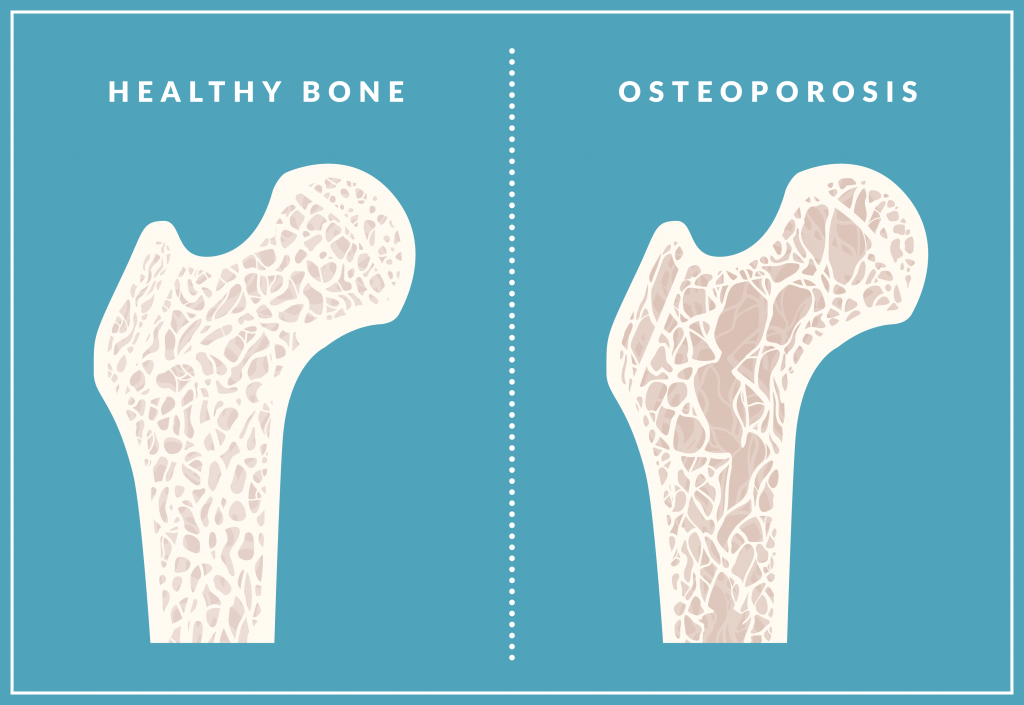Lantern is a benefit program offered by some employers to help employees and their families access high-quality, non-emergency surgeries.
Think of it like a concierge service for surgery — handling everything from finding a top-rated doctor to coordinating your travel (if needed). Lantern covers over 1,500 planned surgical procedures, including those in categories like spine, general surgery, orthopedic, ear, nose, and throat, cardiac, gastrointestinal, and injections.


The program partners with a nationwide network of carefully selected surgeons and facilities that meet strict quality and safety standards. And here’s the best part: when you use Lantern, your costs could be dramatically reduced — or even eliminated completely depending on your employer’s plan. This isn’t just a different way to schedule surgery. It’s a better, smarter, more supportive experience from start to finish.
Benefits
- Lower (or No) Out-of-Pocket Costs – One of the biggest perks of Lantern is the cost savings. When you use the program, you may pay little to nothing out of pocket. That means no surprise bills later, and no guessing what your surgery is going to cost. Everything is explained upfront, so you can focus on healing.
- Access to High-Quality Surgeons – Lantern doesn’t just partner with any providers. Every surgeon in the network has been vetted for training, experience, and outcomes. So instead of sorting through hundreds of options on your own, you’re matched with a specialist who’s proven to deliver great care.
- Full-Service Support – From the first phone call to your post-surgery check-up, Lantern is with you every step of the way. You’ll be assigned a Care Advocate who will schedule appointments, help with paperwork, and even assist with travel arrangements if the best provider isn’t local. It’s like having a personal assistant just for your surgery.

How to Use Lantern
Getting started with Lantern is easy, and your HR team or benefits provider can confirm if it’s part of your plan. Once you’re enrolled, just follow these steps:

- Call the Lantern Member Services Line: You’ll speak with a friendly Care Advocate who will walk you through the process and ask a few questions about your needs.
- Get Matched With a Top Surgeon: Based on your procedure and location, you’ll be paired with a high-quality provider. If travel is required, they’ll help you plan that too — and in most cases, those travel costs are covered!
- Schedule and Prepare: Your Care Advocate will coordinate everything, from the consultation to surgery day and follow-up appointments. You’ll know what to expect every step of the way.
If you or a family member has a planned surgery coming up, check with your HR department or benefits provider to see if Lantern is available to you.



















































